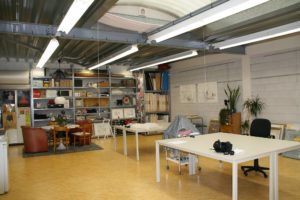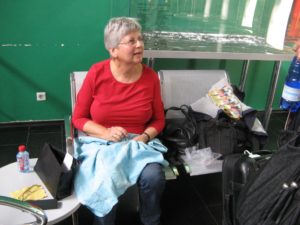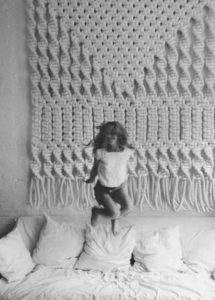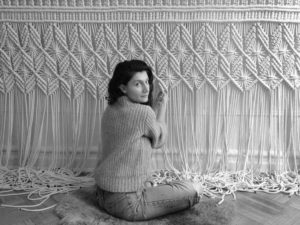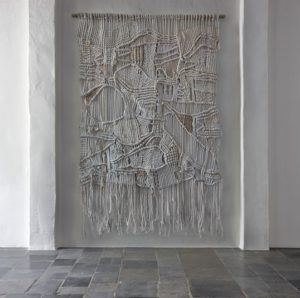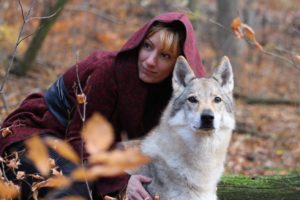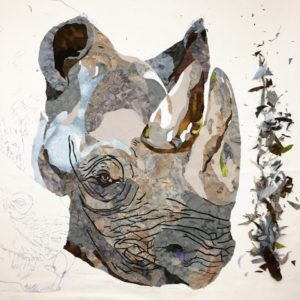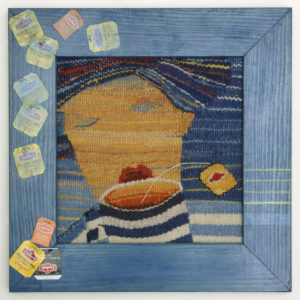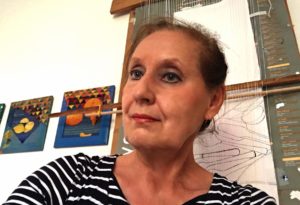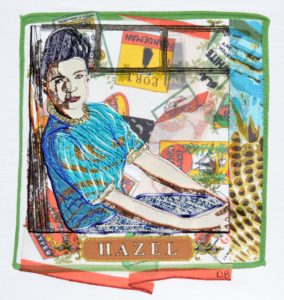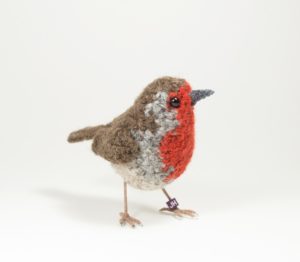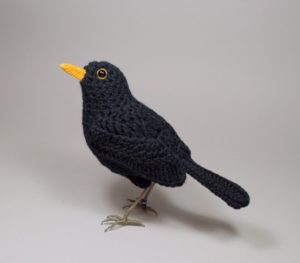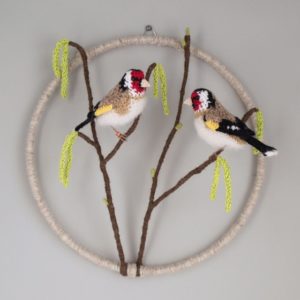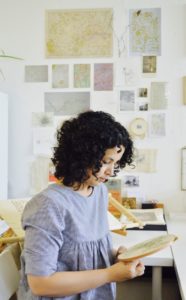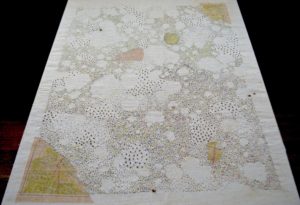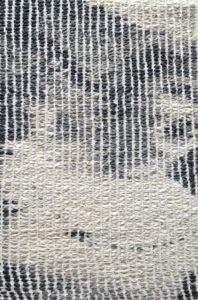Inside the studio of Tilleke Schwarz
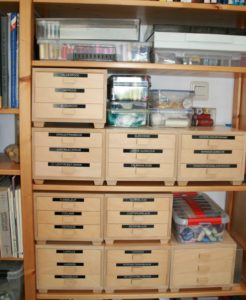
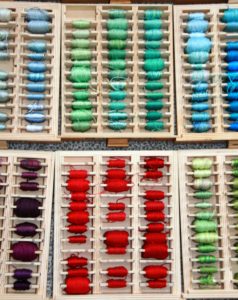
Images above: The organisation of Tilleke’s 2500+ thread collection; inside her large studio and stitching at an airport.
A lifetime of stitching leads to a lot of thread and Tilleke’s organisation of her extensive collection is second to none with each colour stored together. The beauty of course of hand embroidery is it is incredibly portable so when Tilleke isn’t in her large studio near Delft in The Netherlands, she can stitch almost anywhere as show here when she is in an airport. Even with this versatility Tilleke’s pieces take on average four to six months.
Find out more about Tilleke on her featured page or on her website www.tillekeschwarz.com




